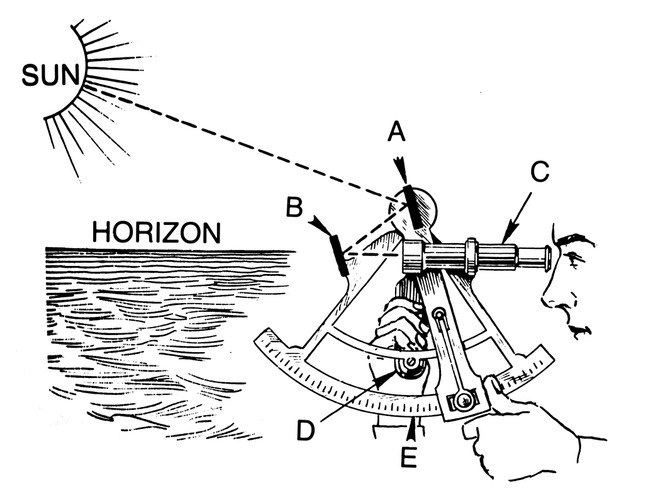Considering the benefits of finishing, how can it be difficult to finish a piece? Because our emotional involvement makes it hard to disassociate ourselves from what we do. We often don’t see our current inabilities as part of a process to ultimately increase our abilities – we simply want to be good already now. The slow increase of craft improvements often results in us not realizing how much better we got over time. Instead of witnessing the change in our abilities (eg. within the last year), we tend to notice how much better someone else might be. Instead of comparing ourselves to our previous selves, we compare ourselves to others. All of this results in finishing a piece to represent a symbolic burden, that for some can be heavier than starting or progressing: instead of manifesting our efforts, finishing in this line of thought manifests our failures.
Because of all these reasons, finishing requires courage.
Consider these challenges that you can encounter when finishing:
- While progressing implies an openness to change, finishing closes down: Progressing on a piece can feel powerful and actionable; it lets you be proactive. Finishing on the other hand can feel more like a declaration (“this is done now”), without a whole range of actions associated with it – finishing a piece can feel like closing down your creativity.
This is only true though when interpreting a finished artwork on its own, independently of your preceding and subsequent work; when instead understanding it as part of an endless series of creations (your oeuvre), then a finished artwork becomes a milestone on a path, whose direction isn’t necessarily obvious to anyone. - Finishing turns a work’s potential into one specific manifestation: Progressing inherently limits your range of actions for it. This can be soothing, especially if you’re satisfied with the emerging result. It can also be stressful, since the work can now increasingly only become this one specific thing, which can’t be confused for anything else: progressing towards completion implies a loss of the work’s potential, which gradually gets replaced with its actual manifestation – creation implies a selection process. This can be frustrating: you might never have had ONE answer in mind when you started out. There was a question, an urge, an idea about the many things that might be; yet through progressing, those alternatives slowly get ruled out.
To counter this, create a list of what alternative paths you didn’t take, and consider revisiting them in future works. You can produce alternative versions of your work, or focus work series that process the approaches and choices you couldn’t take. - A finished artwork represents your choices: While an unfinished piece can be argued to not yet represent your ideals, it’s hard to argue this way for finished work. Because of this, a finished artwork represents more than your abilities: it represents your choices. It represents how you want to be seen, considering the circumstances. That’s why finishing can even be a narcissistic challenge: the realization that your abilities can’t hold up to your expectations: finished artworks manifest what is, and what is not.
- Finishing enables feedback: Being afraid of feedback (your own or other people’s) might create a strong urge not to finish; after all, feedback on finished work doesn’t just focus your abilities, but also your choices. Feedback on finished work is feedback on your quality judgements, and thus deeply personal; a finished piece doesn’t just embody what you wanted to achieve, but also what you might not have wanted, but now deem worthwhile to call “done”.
Understand that feedback ultimately has to be seen as a tool to progress, and to improve your artistic experience. If it doesn’t help you on this mission, you need to adapt: by discussing your work with more adequate people, by changing your attitude towards criticism; simply refraining from finishing usually doesn’t help you on your mission, especially since feedback can be given on unfinished work as well. - Finishing can highlight your (lack of) art world visibility: As long as your work is in progress, it’s meant to be for a few eyes only – yours, and most likely those of a small circle of trusted friends. Once a work is done, your visibility as an artist will strongly define who will see the piece; this can cause frustration if your network is small or not potent, if you don’t have options to exhibit or a strong social media following. These facts can shift your focus: finishing might not feel to be about progressing artistically, but might remind you of your place at the bottom of the art world’s food chain.
Understand that most everyone starts with a low visibility. Only very few people benefit from a preexisting art world network; a strong network is usually the consequence of strong, enduring efforts – and luck. Your lack of visibility should rather move you to create work, and to use that work to establish your voice. Seen this way, every new work becomes an opportunity for a greater network. - Finishing can result in the loss of a goal: Finishing risks jeopardizing your work structure, since it implies the potential loss of momentum – something that’s especially rough if you’re a goal-based person. That’s why a circular understanding of the creative process is important, where any of your actions are not just part of what you create right now, but can become part of your artistic tool set, part of your personal canon. In addition, establishing a process-based structure lets you minimize your dependence on goals.
Check out the chapters about the anatomy of finishing an artwork,, and the benefits of finishing:
